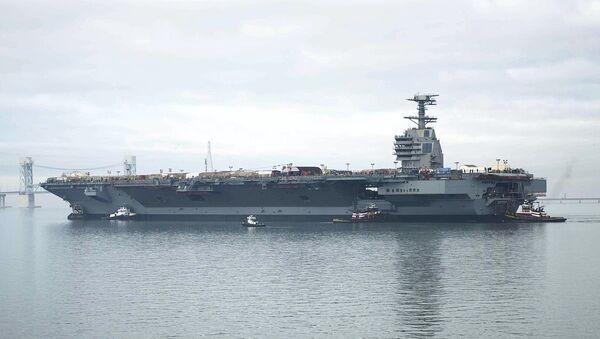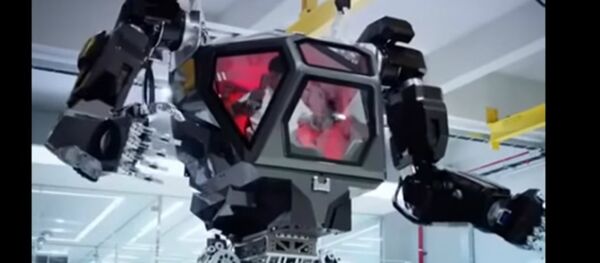On Wednesday, officials announced that the supercarrier is “99 percent” complete. According to reports, engineers have made "significant progress resolving first-of-class issues associated with these critical systems" that "enables [the Navy] to forecast our sea trials and delivery schedule," stated Navy spokesman Capt. Thurraya Kent. Sea trials will be conducted by the shipbuilder in March. Barring surprises that could again push the deployment schedule of the USS Gerald R. Ford back, the Navy will complete 'acceptance trials' in April, before formal delivery the same month.
Metrics suggesting substantial progress may not paint the whole picture though, as, in July 2016, the Pentagon touted that the ship was 98 percent complete.
US Armed Services Committee Chairman Senator John McCain (R-AZ) has blasted the estimated $12.9 billion cost, approximately 20.5 percent greater than initial budget projections. No military and civilian officials have been held accountable for the delays and cost overruns associated with the most expensive Navy warship in US history.
Critics of the enormous and expensive vessel point out that aircraft carriers are becoming obsolete, coinciding with the development of long-range coastal missile systems.
The USS Ford began construction in 2009 and was launched four years later on November 9, 2013. Northrop Grumman initiated ‘advanced construction’ for the vessel as early as 2005, after the contractor secured a $2.7 billion contract from the Pentagon.
Once deployed, the USS Ford will increase the Navy’s fleet to include 11 active aircraft carriers, by far the largest fleet of the unwieldy craft in the world. In 2009, the Navy commissioned the aircraft carrier USS George H. W. Bush for a cool $6.1 billion.
Automation represents one of the significant improvements between the Ford class aircraft carriers and those of its predecessor Nimitz class, ultimately requiring fewer personnel to operate. "She is truly a technological marvel," Chief of Naval Operations Adm. Jon Green said in 2013, boasting "she will carry unmanned aircraft, [F-35] joint strike fighters, and she will deploy lasers." Laser and directed-energy weapon installments are part of the carrier’s anti-missile capability set. Still, "as the technology gets more advanced," Read Adm. Michael Manazir told Military.com, "you can look at offensive laser technology."




